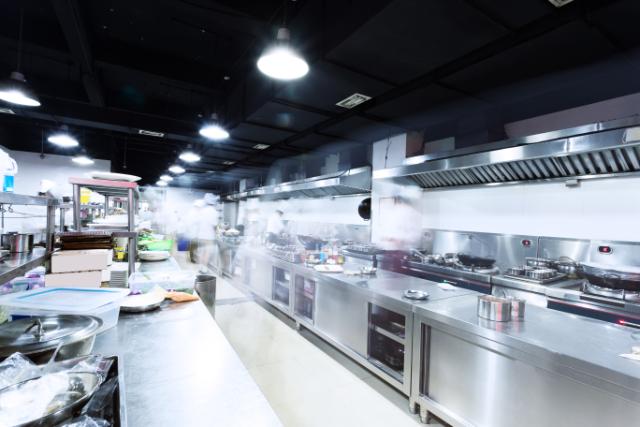
What most chefs and buyers overlook when developing
and maintaining a restaurant kitchen
In fast-paced professional kitchens, where consistency, hygiene, and efficiency are paramount, every piece of equipment must pull its weight.
While cookers may get the glory, refrigeration is the silent workhorse, protecting food quality, ensuring compliance, and safeguarding your bottom line.
As Chef Galton Blackiston of Morston Hall says Refrigeration is the most important thing in a commercial kitchen. It’s become so important that you get an energy-efficient refrigeration system."
A critical piece of the refrigeration purchasing decision that is often overlooked? Climate Class.
What is Climate Class—and why should you care?
Climate Class is an internationally recognised rating that defines the maximum ambient temperature and humidity conditions under which a fridge or freezer can maintain safe, consistent internal temperatures (typically between -21°C and +5°C).
For chefs and kitchen managers who operate in hot, high-pressure environments, this isn’t just a number—it’s a line of defence for food safety, energy efficiency, and operational continuity.
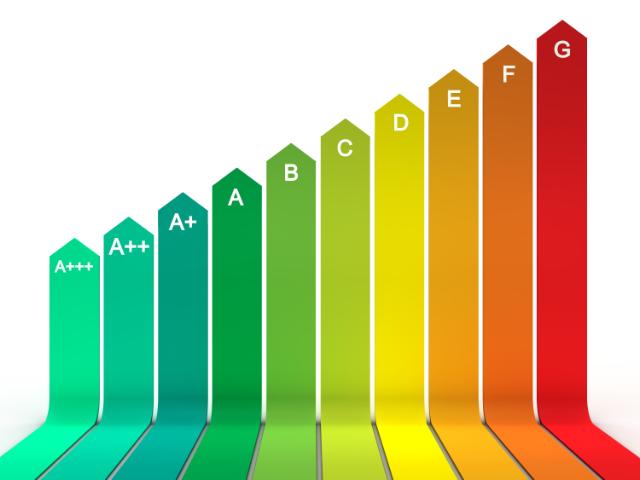
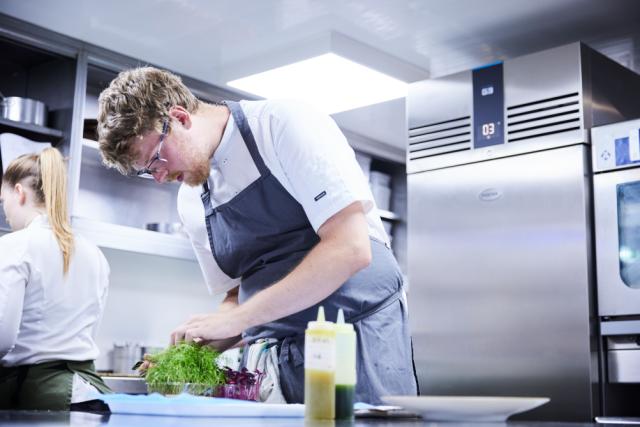
The Commercial vs. Domestic divide
Here's where many kitchens fall into a costly trap: using domestic fridges in professional environments, including prep and main kitchens.
Commercial refrigeration: built for the heat
A typical restaurant kitchen can regularly exceed 30°C during busy service, with frequent fridge door openings and humidity from cooking and cleaning. Commercial refrigeration units are designed and tested under these punishing conditions. Note: a higher climate class does not mean a higher temperature.
|
Climate Class |
Max Ambient Temp |
Relative Humidity |
|
4 |
30°C |
55% |
|
5 |
40°C |
40% |
Commercial climate class 5 will ensure your fridge won’t just ‘get by’, it will perform optimally and continually, so your delicate ingredients stay fresher for longer, there’s no ‘warm shelf vs. cold shelf’ battle, and your energy consumption and costs stay low.
Domestic Refrigeration: not fit to serve you
Domestic models follow a separate set of Climate Classes (SN, N, ST, T), tested under different conditions with less door openings and ambient temperatures.
Even a “Tropical” domestic fridge (rated to 43°C) isn’t designed for constant fluctuation, intense use, or sustained high temperatures. It may seem like a money-saver upfront, but you’re gambling with food safety, service disruptions, and higher long-term costs.
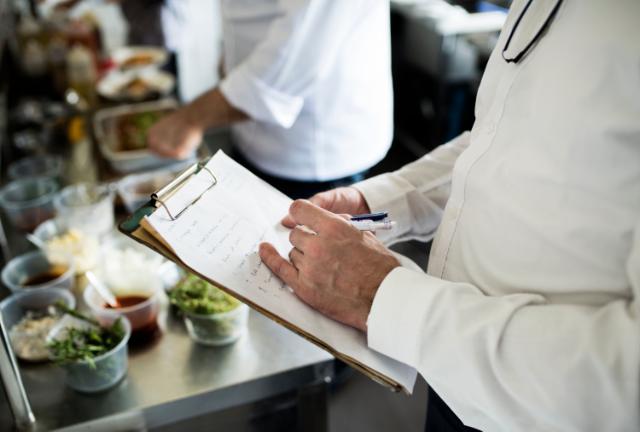

Reading the energy label like a pro
Shopping for commercial refrigeration? The EU Energy Label provides more than just efficiency ratings.
Look for:
- Climate class: Often tucked away in the spec sheet, this tells you if the unit will cope with your kitchen’s heat.
- Energy efficiency class (A–G): Gives a simple to read indication of its energy efficiency under stringent demanding door opening criteria in a lab environment.
- Annual energy consumption (kWh/year): Lower is better, especially for equipment that runs 24/7.
- Volume and storage type: Ensure capacity and layout match your kitchen's real-world usage.
Bonus tip: Always cross-check that the climate class aligns with the conditions you’ve observed in your own kitchen.
What choosing the wrong climate class could cost your chef and restaurant
Using inadequate refrigeration is more than just inefficient—it’s risky. But what is at stake?
- Food safety breaches from fluctuating temperatures.
- Wasted stock due to spoilage and contamination.
- Expensive energy bills as under-spec equipment runs overtime.
- Shorter equipment lifespan and more frequent repairs (££).
- Service disruption during breakdowns—something no busy kitchen can afford.
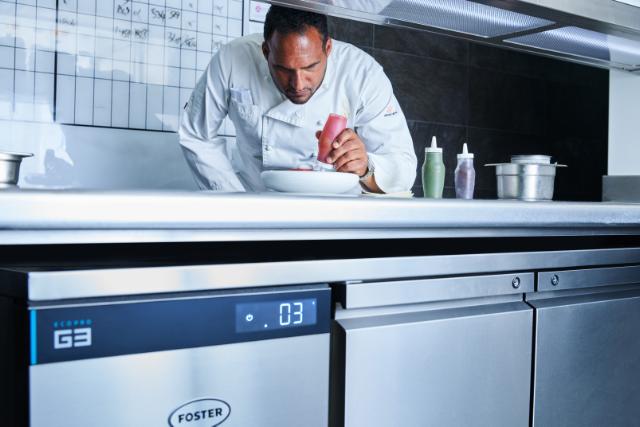
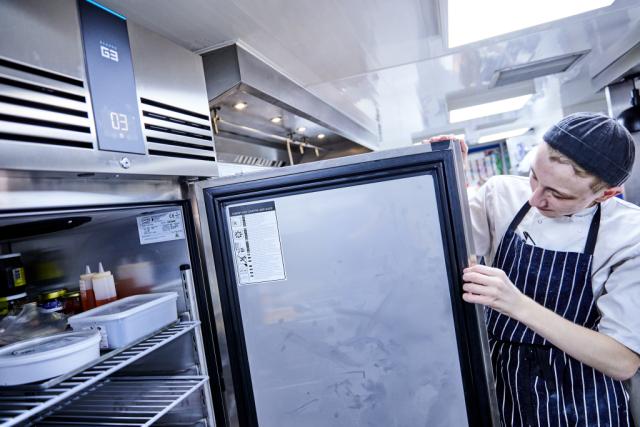
Trust the Experts: Foster Refrigerator
When you’re investing in refrigeration, it pays to partner with specialists who understand the pressures of the professional kitchen. Brands like Foster Refrigerator not only design to the highest Climate Class standards but also provide:
- Personalised site audits to ensure the right spec for your environment.
- Energy-efficient equipment (like EcoPro G3) which exceed Climate Class 5 performance.
- Ongoing support and expertise, helping you maximise ROI, protect your produce, and streamline operations.
Key takeaway as a buyer and chef-operator
In a busy, crowded kitchen, there’s no room for guesswork. Understanding Climate Class gives you the knowledge to make smarter buying decisions—protecting your food, your energy budget, and your reputation.
Need help deciding? Book an energy audit or speak with a refrigeration expert today. Your kitchen deserves nothing less than equipment built to perform, no matter the pressure.

